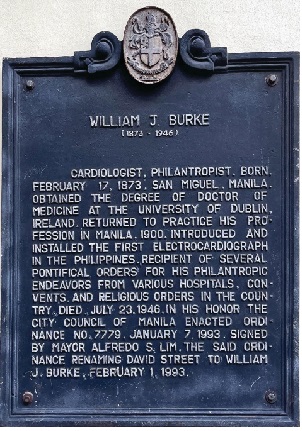AN OPEN LETTER TO DR. WILLIAM BURKE (and the Pillars of Medicine that followed)
Marcellus Francis L. Ramirez
December 2022 DOI 10.35460/2546-1621.2022-sp00 Access
We are happy and elated to report to you that in commemoration of our 95th anniversary, we will be proudly showcasing the works from our distinguished faculty and staff through a special issue of the Journal of Medicine of the University of Santo Tomas (JMUST). This issue contains a total of seventeen original articles which include five clinical research articles, six medical education research articles, three perspective articles and two reviews. We are deeply thankful to the editorial team and the members of our peer review committee, and to all authors who contributed to this issue. This is our tribute to you and to all the luminaries and leaders who followed you and led us to where we are today and who will lead us into the next ninety five years.




















